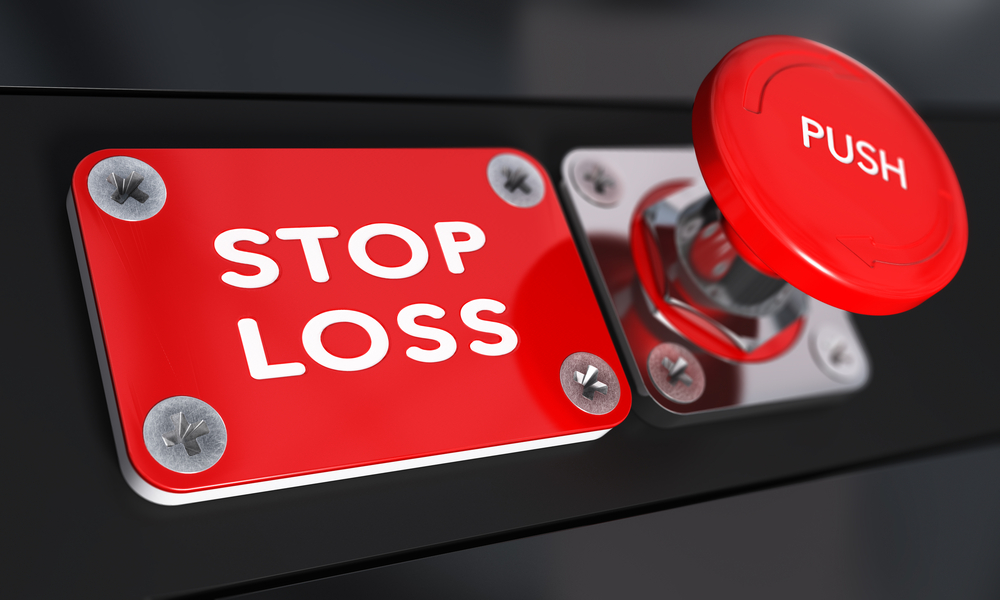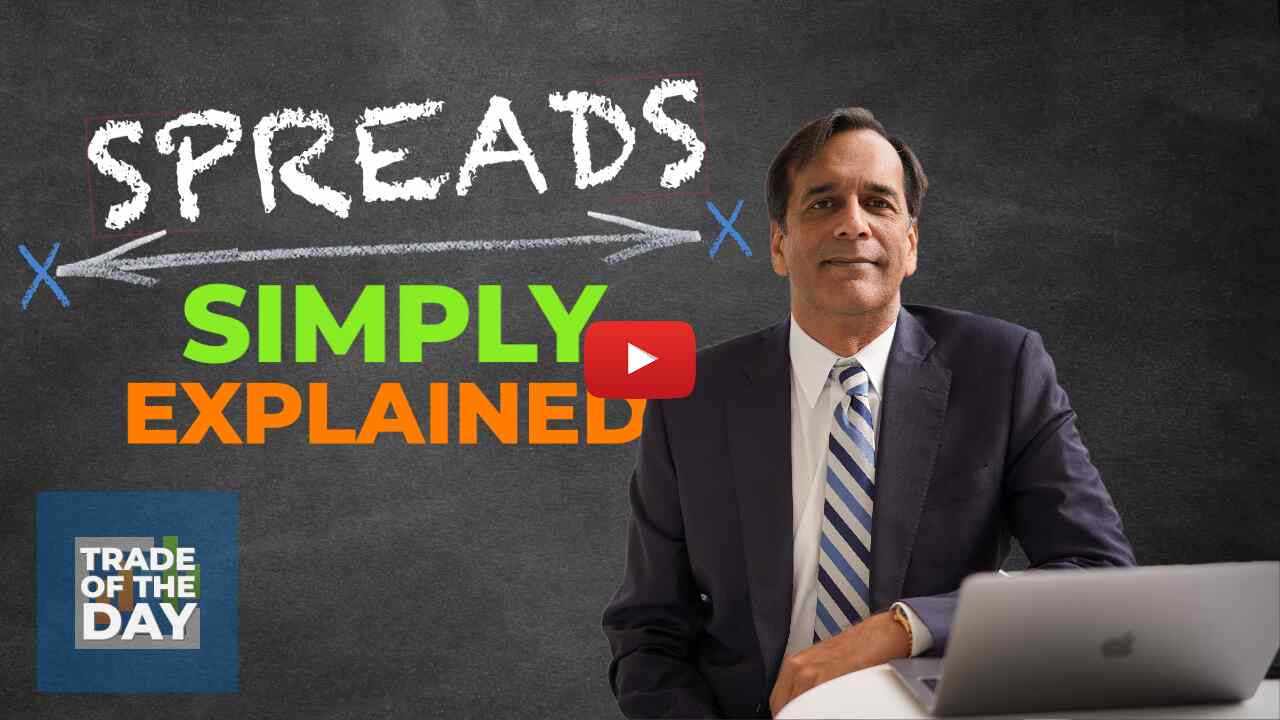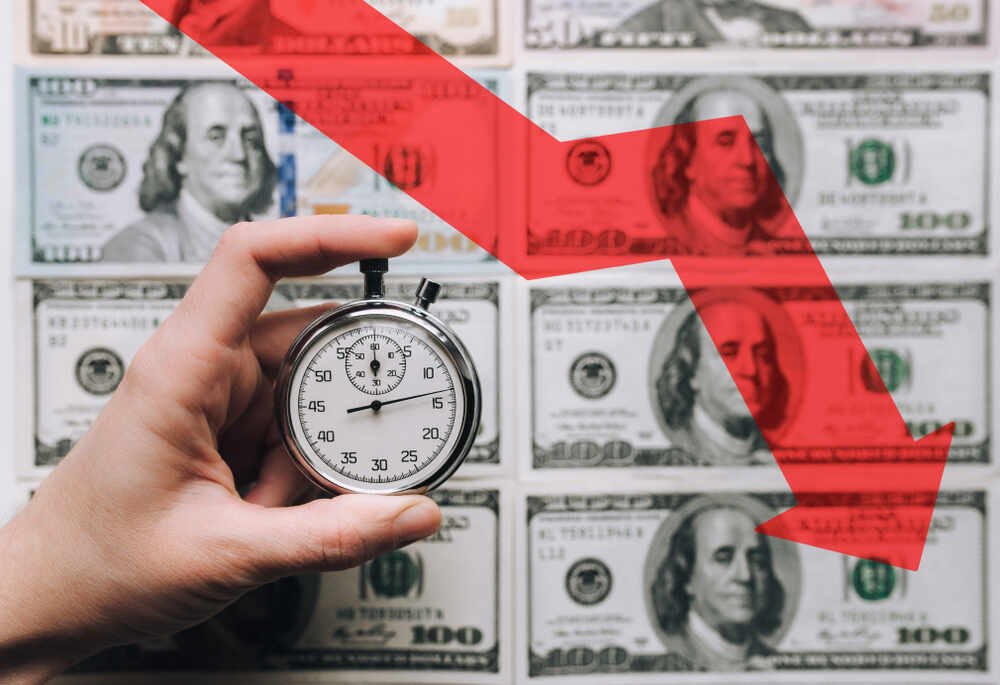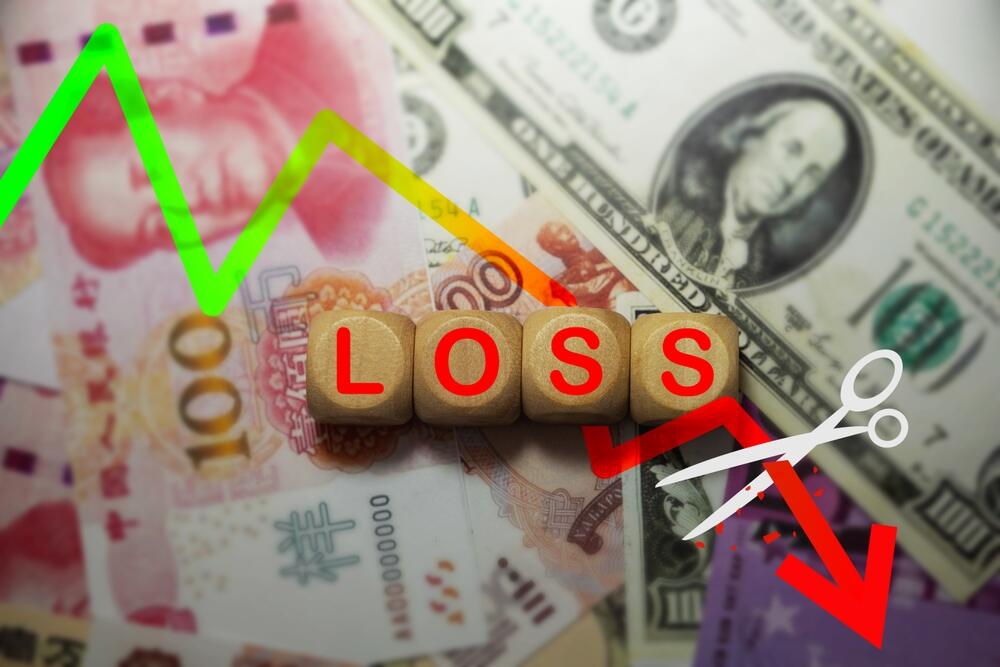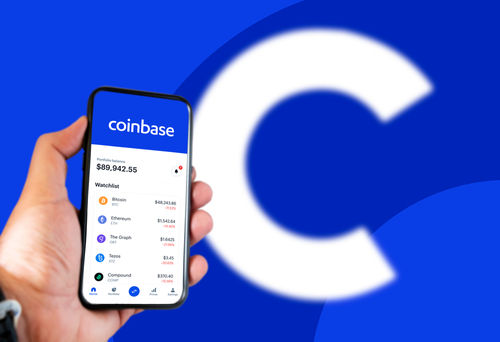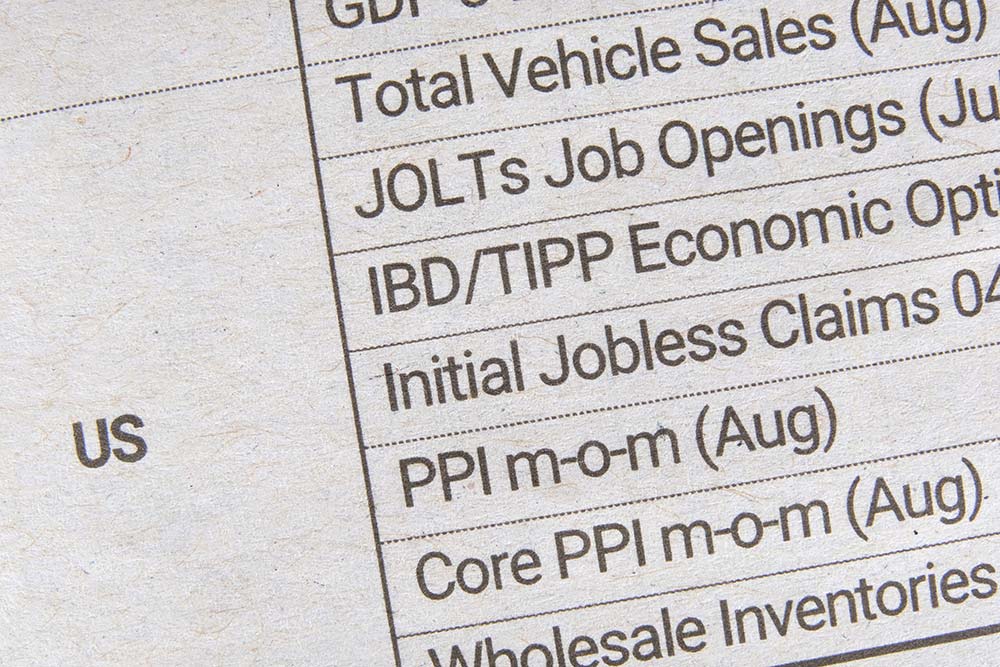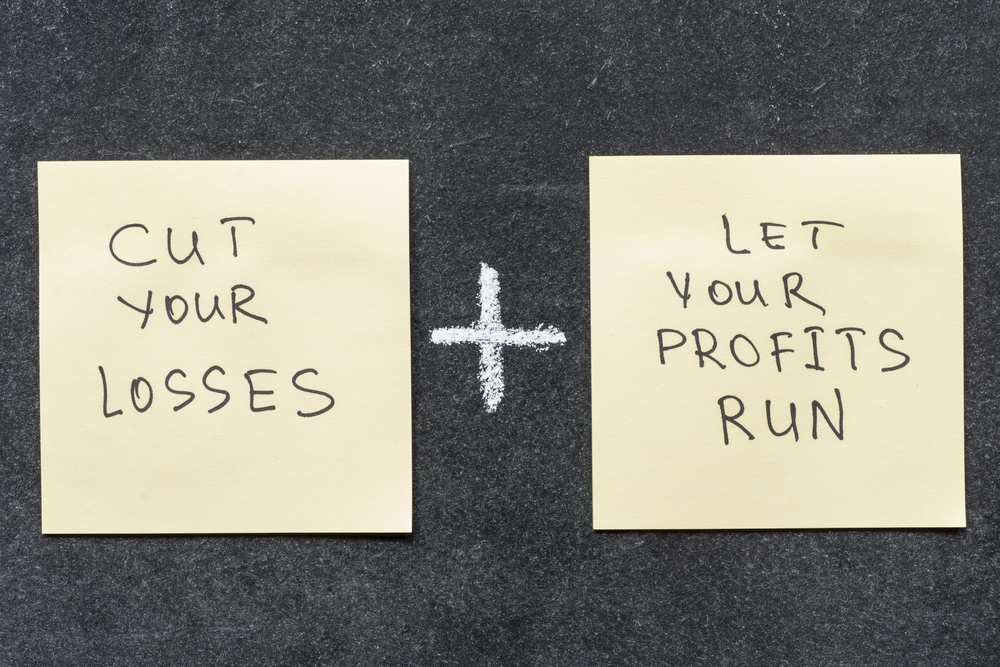The Income Secret That Could Lead to Triple-Digit Gains
Editor’s Note: Today, we want to introduce you to one of the most famed investors to ever grace the pages of Trade of the Day (aside from Bryan and Karim, of course). He started his own hedge fund… is a bestselling author and entrepreneur… and is a Dealmaker to the queen. His name is Alpesh Patel. And for the first time ever, he’s launching a brand-new initiative in the U.S. We’ve nabbed you a sneak peek at the powerful strategy he’s used to wallop the market by 580% over the past five years. It’s a secret that’s usually been reserved for ultra-wealthy investors. UNTIL NOW. Check out his new project here.
-Ryan Fitzwater, Associate Publisher
Let me share with you a unique indicator that could boost your chances of scoring some big gains.
It’s one of my personal favorites.
It’s a metric that’s not as well-known as price-to-earnings ratio (P/E) or even discounted cash flow (DCF), but it’s behind the advice given by two of the world’s largest wealth management firms to their wealthiest clients.
Deutsche Bank invented it. Goldman Sachs Private Wealth Management uses it extensively in its stock selection.
Cash return on capital invested (CROCI) may not sound like an important cause of stock returns…
But using this formula could consistently lead to reliable 30% annual returns.
I first learned about it at a lunch presentation at Goldman Sachs Private Wealth Management. I was seated next to then-Chairman Jim O’Neill when the company’s quantum division (cool name, eh?) made its presentation.
My jaw dropped. I kept the slides (and still have them!).
Now, not every stock with a good score will generate 30% returns… After all, a tailwind boosts returns, while a financial crisis evaporates them. And some sectors do better than others – like oil, mining, auto, capital goods, consumer staples, discretionary retail and tech.
I’ve been using this formula since 2010, based on data from the preceding decade. Through bull and bear markets and corrections, it’s the secret sauce that takes a portfolio from good to great.
As the so-called Robin Hood of financial advice (taking ideas from the rich and sharing them with the poor), I’d like to let you in on this powerful secret typically reserved for the ultra-wealthy… and show you why it could lead to such astonishing returns.
Show Me the Money
In the simplest terms, CROCI measures how much cash a company produces on the capital it has had invested in it. It’s a measure of efficiency. It’s harder to manipulate cash than it is to manipulate earnings or profits. So CROCI paints a truer picture.
The higher the CROCI, the better. (In fact, I am only interested in companies with a CROCI score of 10 or higher.)
It’s almost obvious: Companies that produce more cash on the capital they have perform better. They produce more cash by selling more and having fewer expenses. For example, if you don’t need to spend lots of money on capital goods (e.g., airplanes), can use the same machinery for years, have fewer staff members and generate lots of sales (demand)… you get more cash.
But of course, that is also too simple. High-return companies trade at a persistent and substantial premium… yet have significantly outperformed as their assets and cash flows have grown.
Let me explain…
The market is willing to pay a premium for companies with high cash growth. (After all, cash is king.) When we look at the trend of the average top 25% and the average bottom 25% of CROCI companies by measuring their gross cash invested, companies with low cash returns tend to generate slower growth, and – no surprise – companies with high cash returns tend to generate faster and more sustained growth.
Research shows that while companies with high cash returns are relatively expensive, they outperform nevertheless. Yet most investors think such companies won’t continue growing and are too expensive.
That’s simply not the case.
This is a hugely important idea.
A structurally well-positioned company should sustain outstanding earnings over multiple years. Assuming it does, the market will continue to value it at a premium.
There is, therefore, an inherent “valuation opportunity” in owning long-term leaders over longer-term holding periods.
Triple-Digit Gains
That’s why, in just the past 18 months, I’ve witnessed triple-digit gains from stocks like Crocs, Medifast and Perion Networks.
Each of these companies had a good CROCI score. Each was in the top 15% of all companies measured and ranked by CROCI.
They also had good P/E ratios, good sales growth and consistent momentum. But by further narrowing down by CROCI, we were able to laser-focus on these companies in particular… and they soon became market winners.
Take Crocs, for instance. During the lockdown, people wanted comfort, and the company’s Instagram campaign boosted sales.
We didn’t know the company would launch a campaign or how people would react to it, but we knew it had a great CROCI score. Once we saw sales come in, we knew they would exceed expectations because the company converts sales into profits more efficiently than companies with lower CROCI scores.
It’s pretty simple… and highly effective.
These are just a few of the countless wins I’ve uncovered thanks to using CROCI.
By drilling down into what really moves a stock, you can use one of the biggest investing secrets of the ultra-rich to have the chance at achieving truly great returns.
But even better, I’ll show you how this powerful tool works right now – and how you can harness the power of it today.
It’s all part of a new wealth-building project that I’m launching for the first time ever in the U.S. And if you click this link, you’ll be among the first to see how to apply my hedge fund-quality secrets so you can have the chance at beating the market by 580%.
You can find all the details here.
Happy hunting,
Alpesh
More from Trade of the Day
A Silver Lining From Last Week’s Underperformance
Apr 24, 2024
How One Conversation Led to $100,000
Apr 23, 2024
How I Picked the Market Bottom
Apr 23, 2024
Warning: Trade This Notable Sentiment Shift
Apr 22, 2024




